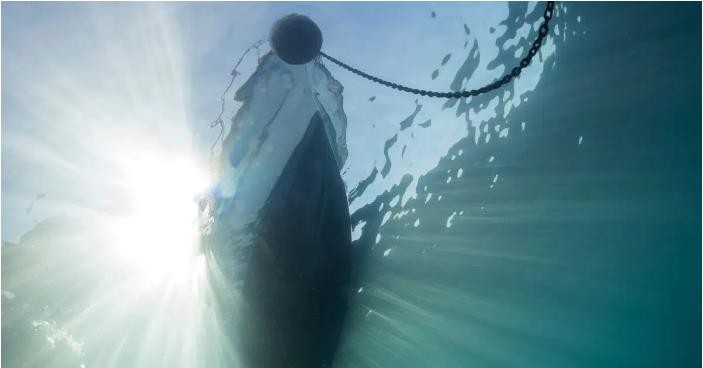国际海事组织正在探索未来对船舶水下辐射噪声(URN)的监测,并有可能为某些地区制定阈值和长期监测要求。
该倡议旨在减少船舶产生的噪音对海洋生物的影响,这些噪音会干扰海豚和鲸鱼的交流、导航和进食行为。
由推进专家SCHOTTEL与加拿大运输部和BC Ferries合作领导的HyPNoS(流体动力螺旋桨噪声监测系统)研究项目在测量和降低URN方面取得了巨大进展。
该研究在加拿大温哥华附近的海域进行,目的是创建一个实时URN报告系统,供船员和船舶操作员在船上使用。
该研究侧重于利用先进的机器学习技术开发一种独特的URN监测系统。
该系统旨在解决降低船舶航速的挑战,这是降低URN的常用方法,但并不总是有效地减少噪音排放。
这项倡议是为了保护乔治亚海峡的南方虎鲸,这是一种濒临灭绝的鲸鱼物种。
研究人员将船体振动分析、水下噪声测量和水听器相结合,建立了船体振动和发射噪声之间的定量相关性。
这导致了一种能够基于螺旋桨速度和螺距等因素预测URN的算法的创建。
对BC Ferries沿海级船只的测试表明,即使直径稍小,噪音优化的螺旋桨设计也可以将URN平均降低5分贝。
该项目还配备了一个校准的实时船载URN监测系统,为操作员提供实时输入,使他们能够在船舶运行期间调整操作并降低噪音。
未来的发展包括通过基于云的系统进行历史和船队范围评估的能力,为当局、组织和公众提供有价值的数据。

▲Image for representation purposes only
英文原文
The International Maritime is exploring future monitoring of Underwater Radiated Noise (URN) from ships, with the potential to establish thresholds and long-term monitoring requirements for certain regions.
The initiative aims to reduce the impact of ship-generated noise on marine life, which can disrupt communication, navigating and feeding behaviours in dolphins and whales.
The HyPNoS (Hydrodtnamic Propeller Noise Monitoring System) research project, led by propulsion specialist SCHOTTEL in collaboration with Transport Canada and BC Ferries, has made great progress in measuring and reducing URN.
The research was carried out in the waters off Vancouver, Canada, to create a real-time URN reporting system for crew and vessel operators to use onboard.
The research focused on developing a unique URN monitoring system using advanced machine learning technology.
The system aims to address the challenges of reducing ship speed, a common method of lowering URN, not always effectively reducing noise emissions.
The initiative was driven by the need to protect Southern Resident Killer Whales in the Strait of Georgia, an endangered whale species.
The researchers used a combination of hull vibration analysis, underwater noise measurements, and hydrophones to establish a quantitative correlation between hull vibrations and emitted noise.
This led to the creation of an algorithm capable of predicting URN based on factors such as propeller speed and pitch.
Tests on BC Ferries’ coastal-class vessels revealed that a noise-optimized propeller design, even with a slightly smaller diameter, could reduce URN by an average of 5 decibels.
The project also featured a calibrated live onboard URN monitoring system that provides operators with real-time input, allowing them to adjust operations and reduce noise during vessel operation.
Future developments include the ability to perform historical and fleet-wide evaluations through a cloud-based system, offering valuable data for authorities, organizations and the public.
免责申明:本文根据Schottel等内容整理,如有误差,以英文为准;仅代表作者观点,不代表中国海员之家立场。其真实性及原创性未能得到中国海员之家证实,在此感谢原作者的辛苦创作,如转载涉及版权等问题,请作者与我们联系,我们将在第一时间处理,谢谢!联系邮箱:cnisu@54seaman.com

 联系我们人工客服
联系我们人工客服



















 :1391995811
:1391995811


评论 (0人参与)